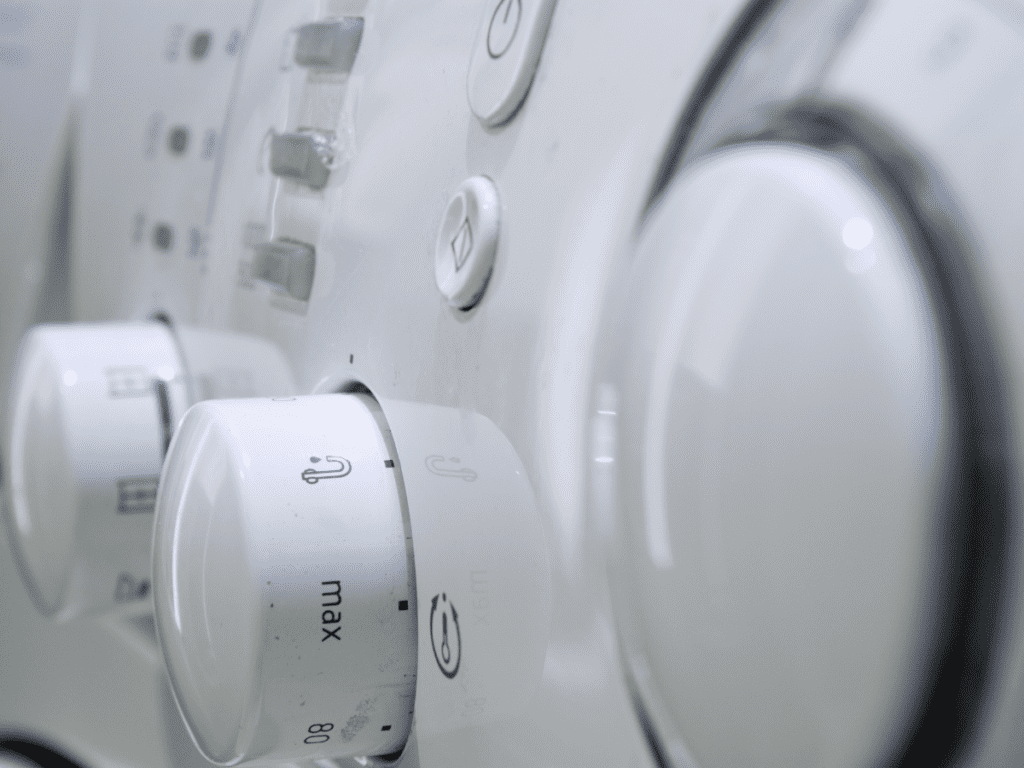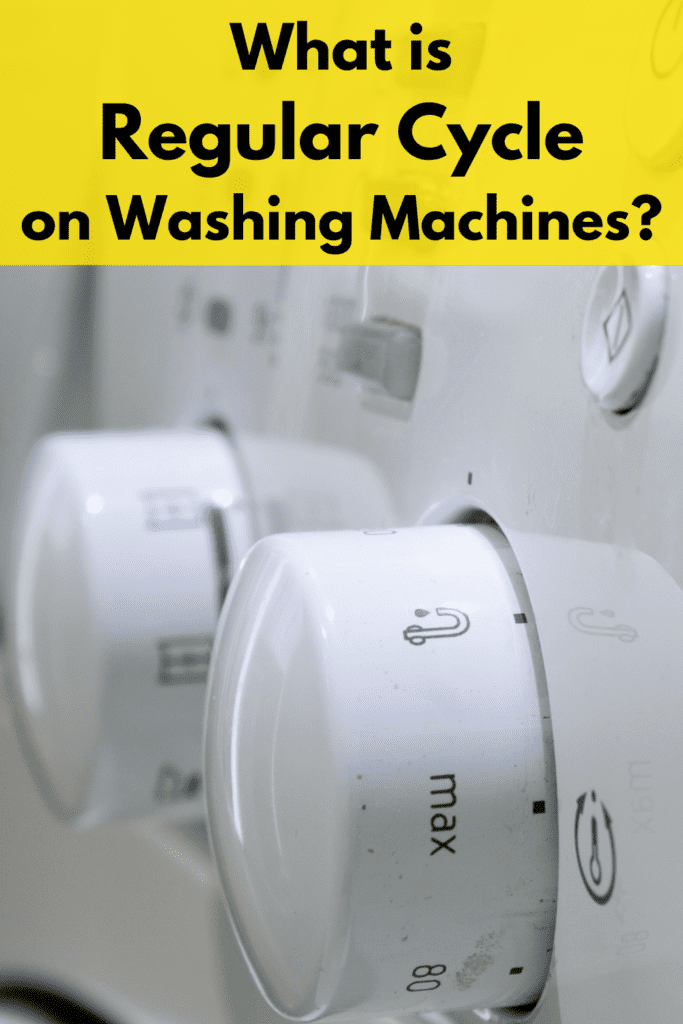You don’t often find yourself adding a small load of lightly soiled clothes to the washer.
You don’t think such a load needs much water or energy to get cleaned up. It’s already almost clean, anyway. No stains nor heavy fabrics.
So why not use the casual cycle?
The Casual cycle is a short cycle that conserves water and energy consumption.
It’s the ideal setting for lightly soiled office wear, synthetics, casual wear, and knitwear.
The cycle doesn’t put much strain on the clothes and uses warm water and slow-speed spinning.
So when should you use the casual cycle, and what advantages does it offer over the other cycles on your washer?
Read more to find comprehensive answers to these and other questions.
What is the Casual Cycle?
The causal cycle is designed for clothes that do not wrinkle easily. These fabrics first appeared in the mid-twentieth century. They were treated with chemicals to make them wrinkle-free even after washing.
They were called permanently pressed clothes since they always looked like they had just been ironed. The casual cycle was designed specifically for these types of clothes.
But you can also use the casual cycle for other clothes such as office wear, home wear, casual clothes, and light fabrics that don’t have stains or require heavy washing.
The casual cycle uses warm water with temperatures around 70 degrees F and alternates it with cold water.
This puts as little strain on the fabrics as possible. The spin speed is usually below 800 RPM both during the washing and spinning cycles.
Benefits of the Casual Cycle

Much like the quick cycle, the casual cycle doesn’t take much time. But speed is not the only benefit of this cycle.
It also cuts down on energy and water consumption and protects the fabrics against the damage of the chemicals in the detergents and stain removers. Here are some key benefits of the casual cycle.
- The casual cycle only takes 30 minutes to finish washing, rinsing, and spinning. If you’re in a hurry and don’t want to wait for a complete cycle to finish, this is the right cycle for you.
- If you have new clothes that you need to wash to flush out the starch, chemicals, and excess colors, use the casual cycle.
- It reduces water and electricity bills as it doesn’t consume too much of either of these resources.
- It doesn’t expose the clothes to the chemicals in the detergents for too long. So it protects the colors and doesn’t cause fading.
- The casual cycle doesn’t use excessive water agitation or high-speed spinning.
- It’s gentle on knitwear as it doesn’t stretch the fabrics or drag them.
- The slow spinning reduces the chances of wrinkles and creases in natural fabrics made of cotton or linen.
- Use it with lace and thin fabrics to minimize the risk of snags or tears.
When You Should Use the Casual Cycle
Considering the many benefits of the casual cycle, the question should be, when shouldn’t you use it?
Unless you have heavily soiled fabrics or a huge load of laundry, chances are, you’ll be using the casual cycle more often than not.
I recommend setting the washer to the casual cycle at least once or twice a week. There’s no need to use the normal cycle every time you have some laundry.
That causes the colors to fade, develops wrinkles, and accelerates the wear and tear of the fabrics.
But if you have only 4 or 5 items to wash, including dress shirts, a summer dress, or a thin skirt, then the casual cycle is the right setting.
Not only will you get the laundry done fast (in 30 minutes total), but you will also protect these light fabrics against unnecessary agitation, spinning, and extreme heat.
Stages of the Casual Cycle
Although it’s one of the fastest cycles on the washer, the casual cycle still follows the traditional 4-stage construct that other longer cycles adhere to.
The only difference is that the casual cycle tends to zip through each stage as it races toward the finish line.
Pre-wash
Since the casual cycle doesn’t use too much water, the washer is ready within minutes.
As soon as the water levels reach their mark, the washer skips the pre-wash cycle altogether and goes straight to the washing cycle.
As I mentioned, the water doesn’t need to be heated unless it’s winter and the tap water is really cold. So the clothes won’t sit in the soapy water for long.
Wash
The wash stage is relatively quick as well. It takes about 5 to 7 minutes.
The agitation is minimal; the clothes don’t get tossed around or slammed against the walls of the tub much, if at all. This is a gentle cycle that treats all clothes as sensitive and delicate fabrics.
Rinse
The rinse cycle takes a little longer than the wash cycle. On average, the washer will rinse the laundry twice, although some brands might go through 3 rinse iterations.
Rinsing is done with cold water, so the process is fast but not furious.
Again, water agitation is minimal, and the spin speed is quite low.
Spin
This is the longest stage of the casual cycle. It takes between 12 to 15 minutes.
The spin speed is usually between 600 to 800 RPM with long slower intervals in between. To minimize the risk of wrinkles and creases, some washers reverse the rotation direction between intervals.
During the slow-down breaks, the temperature inside of the drum cools down to further protect the fabrics and prevent wrinkles from becoming permanent.
Fluffing the laundry is also another tactic to reduce wrinkles.
Conclusion
The casual cycle takes about 30 minutes on average on most washers. It doesn’t use too much water or electricity, and it protects the fabrics against color fading, damage, and wrinkles.
Use this cycle with casual wear, office wear, knitwear, and synthetics.
I’ve created a comprehensive guide on how to use all the settings on your washing machine that may interest you to read next.


I’m an expert wardrobe organizer and a bit of a clean freak. I created this website and its YouTube channel to share practical guides about laundry and organizing. My teachings have been featured in multiple large news publications, and I’ve self-published two wardrobe organizing books and an entire course on the subject.

